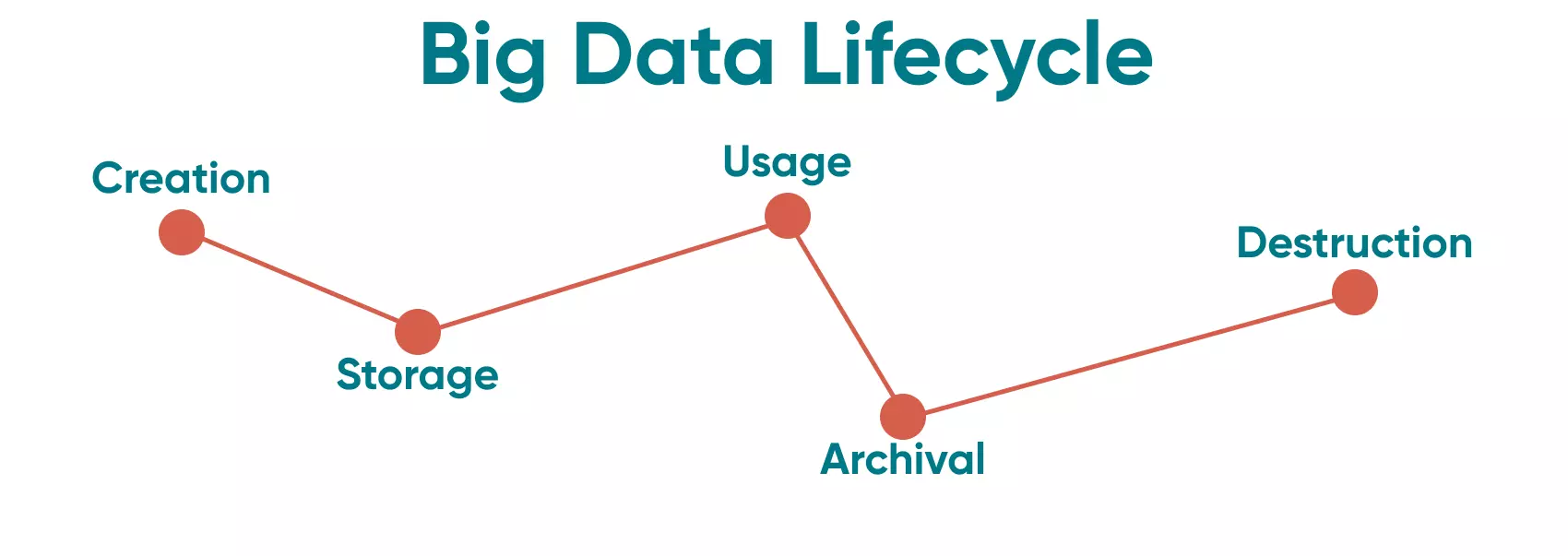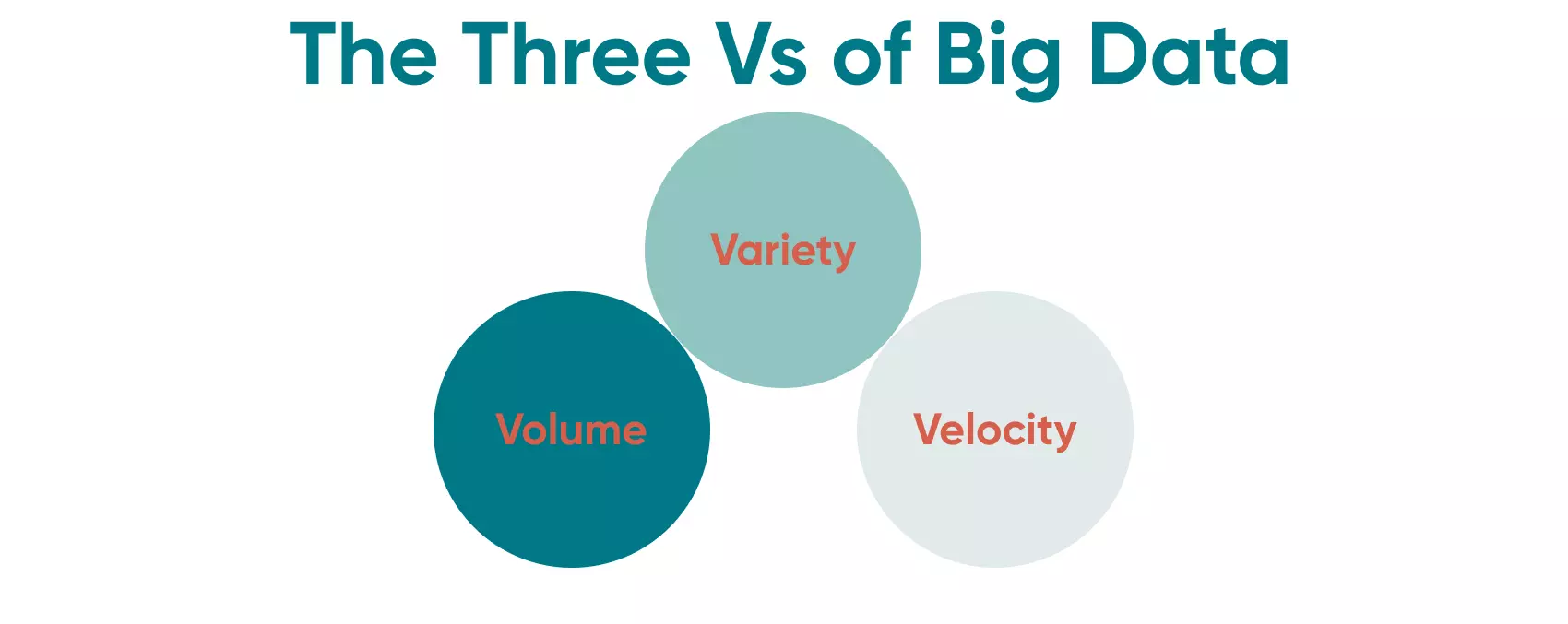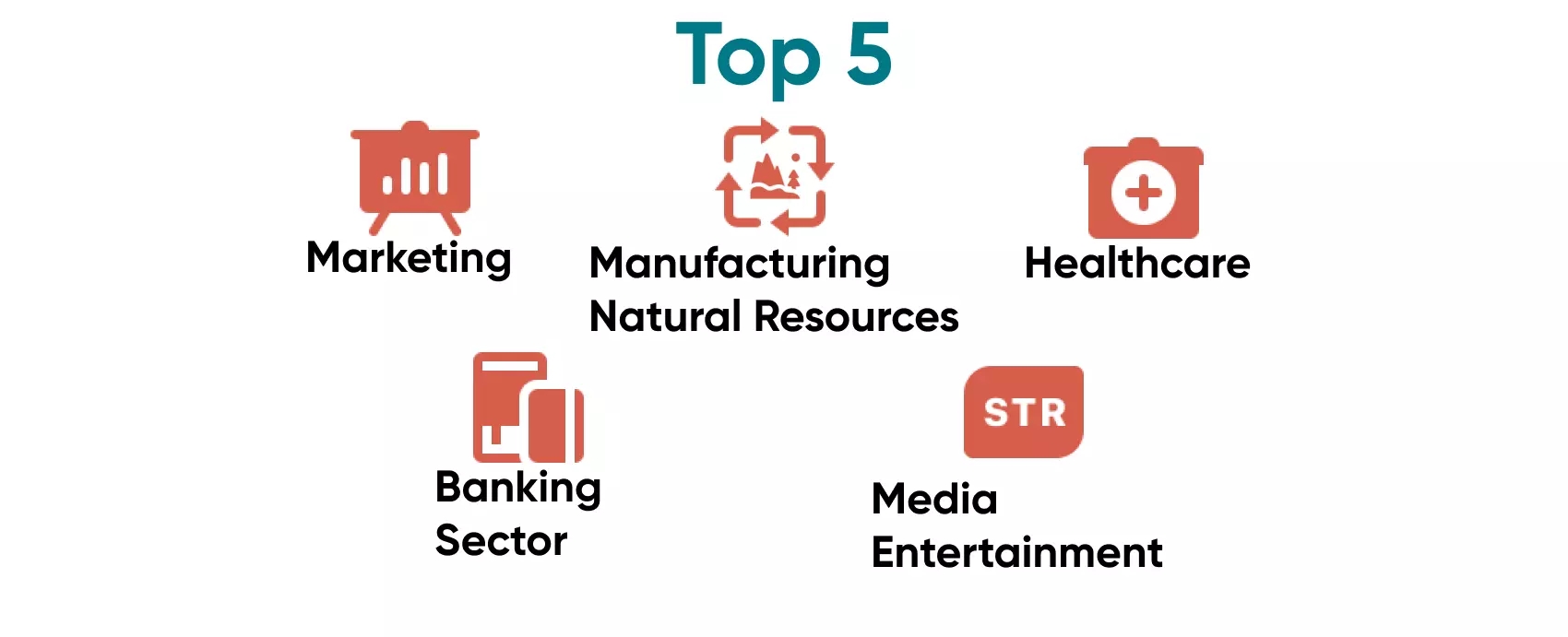Big Data - A brief introduction and The Top 5 Applications


Some of the hidden details of Big Data and which industries are the biggest users
Big data initially gained attention as an instrument for better understanding and organising existing data. With technical progress, the idea of big data usage also developed. Since 1970 data science could not only collect and store huge amounts of data but also get better instruments to analyse data and plan accurate insights.
Now, the statistics of big data are used in multiple spheres of life and business and can form a major part of SaaS (Software as a Service) projects. For example, big data allows us to use data study results to create new technologies, predict events and outcomes, and a lot more.
According to a recent survey, 70% of the world’s data is user-generated, and cloud computing currently generates nearly $400 billion in revenue.
It's useful to understand how big data works in order to implement it into your business. In this article, you can find information about how big data works and what big data applications are the most popular within all industries.
Data Lifecycle

Data Creation
The first stage of the data lifecycle. It requires data of different types and formats, like images, emails, voice messages, and PDF files.
Data Storage
Safe and organised data stores with regular data backups or recovery processes help protect and secure data. Furthermore, the level of data security should be controlled and regulated by international standards.
Data Usage
We can use collected and stored data for the company's needs. It is also essential to keep all the changes within data traceable with special audit trails. Data can be shared, edited, viewed, and saved. In the case of developing legacy data systems, the migration of the data needs to be suitably planned to ensure minimal interruption with use.
Data Archival
It's an essential step in the data lifecycle. Data archives allow for the storing of unnecessary data without including it in the main processes.
Data Destruction
We should destroy some data for multiple reasons, like reducing the cost of using big data storage.
The Three Vs of Big Data Analytics

In 2001 Doug Laney presented his work on the basic big data characteristics. It is the "Three Vs of Big Data": volume - velocity - variety. Data analysts added value and veracity to this list in the following years.
Volume
The amount of data used all around the world is gigantic. In fact, it is reported that around 2.5 quintillion bytes worth of data is generated each day. However, big data sizes are non-typical for traditional data petabytes and zettabytes. The ability to store and adequately operate those data sizes is essential for data management.
Variety
Big data consists primarily of unstructured data types; only 5% are big structured data and easy to organise. Moreover, the types of this data vary from one data application to another. It might be such popular applications as Big Data in government, big data in banking, big data for social media needs, etc. For example, it could be emails, financial reports, files, marketing analytics results, and so on.
Velocity
Velocity shows the speed of data coming in, processing and analysing. Every second, billions of different types of data are uploaded and downloaded. So, in most cases, big data updating is a real-time monitoring process. It also means that data analysis should be as fast as data transmission.
Big Data Challenges

High Volume
Whatever business model your company employs, collects a noticeable amount of customer data, and this data volume is increasing every year. So storing this data has become one of the big data challenges a company could face.
Data is stored in databases and needs a firm managing and analysing system. However, a significant percentage of all collected and relevant data originates from audio, video, and text documents and can't be found in a database.
Solutions to high-volume difficulties are deduplication, compression, and tiering. So let's have a closer look at all those processes.
Deduplication is a process of deleting data duplicates or just unwanted amounts of data. Big data compression is widely used to cut the number of bits among the data. As a result, the overall size of data is reduced. Input big data stores different levels of data tiers for more logical data organisation, according to data size or importance.
Security
Big data statistics is a great target to steal and sell on the black market. That's why awareness of the importance of data security is a must. Data breaches bring irreparable damage to the company's reputation and money. Cybersecurity implementation lets companies have multilevel data storage security with data encryption, access control, real-time big data monitoring, or data segregation.
Top Five Applications for Big Data
So, having looked at the background and some facts surrounding Big Data, we can now take a look at the top five applications for Big Data by industry.

Marketing
Marketing has become an irreplaceable instrument for achieving business goals in the modern world. A strong and correct marketing strategy gives you advantages over competitors, creates lead flow, makes your brand recognisable, and could even bring you rock star employees. There are even software developments for this known as AdTech.
Marketers need tools, accurate information, and big data to get all these accomplishments to operate and make insights. As an affordable and cloud-based tool, Big Data is a great and valuable thing to use in your strategy. So let's look at this instrument closer. First of all, the marketing industry uses big data of three types. It's operational data, customer data, and financial data. Secondly, we must understand why this data is used in marketing.
Understanding Your Clients’ Needs
Marketing is all about interaction with customers and understanding their needs. So the difficulty of selling products or services would no longer be a problem, as long as the company knows who they sell to. Thankfully, Big Data about the customers, their preferences, and needs can be easily collected with proper tools.
As a result, the marketing team can create more relevant advertisements on the chosen platform for specific audiences.
Making Brand Awareness
Nowadays, the brand has an incredible impact on customers' buying decisions. People prefer companies with stories behind them and exciting and matching goals. Thankfully, branding is possible to develop even with a tight budget. One of the factors that will help you is big data statistics collecting and analysing.
Media and Entertainment
What do Spotify, Facebook, Instagram, and Netflix have in common? In short, it's a top-notch media giant that widely uses Big Data to grow and stay in the internet market.
To generate relatable playlists and advertisements, give customers proper suggestions, and fulfil their expectations from subscribed services, companies use Big Data features. These data are primarily collected on social media or with the help of loyalty programs and online marketing analytics.
In a nutshell, Big Data gives the media and entertainment industry a chance to get visible benefits in a short time.
Understanding the Role of Advertisement in Your Niche
What ads will most likely generate new viewers or listeners? When is the best time for showing the advertisement? How to understand if the advertising campaign was successful? Big Data can give you keys to finding answers to these questions.
You can create knowledge-based ads with the help of collected information and large amounts of data about customers' preferences, the amount of time they spend on your service or platform, and their behaviour on the internet.
Predict the Interests of Your Audience
Knowing your customers' personas is beneficial in many ways. Marketing budgets will only work if you know who is precisely buying from you. The gain from big data usage, in this case, is underrated. A marketing strategy that is based on big data usage creates a long-term relationship with your customers. The amount of data you can mine with big data applications is enough to have a complete customer persona understanding.
Healthcare
The Big Data industry has considerable potential in healthcare development. The massive amount of statistical big data humans have already produced in the health industry could be quality analysed with Big Data tools. For example, it could be researched on the newest medicines, patients' personal data, and statistics on the health of the human population.
Difficult Diseases Treatment
Data about patients' disease stories could be collected and shared within the medical system. It means that multiple doctors will have access to information about the course of the disease, its symptoms, the influence of exogenous factors on the patient, information about the drugs used for treatment and their effectiveness, and the reaction of a patient to a particular health condition to specific therapies. As a result, we will have a more profound understanding of rare and complicated diseases.
Diagnosing
Usually, doctors examine and interview the patient on the spot to obtain information about previous diseases and, based on this data and analytics, choose an examination and treatment strategy. With access to complete information about the patient and with the additional opportunity to analyse this information with artificial intelligence, the accuracy of diagnoses will become higher. Also, it will save the patient from having to do unnecessary tests.
However, a computer's diagnosis is still not ideal. Big data in healthcare should be used carefully, and only after calculating all the possible faults in the final diagnosis and treatment, humans should make conclusions. Regardless of the high-end intelligence of the data, it always comes down to the professionals’ opinions.
In Go Wombat, we all are professionals and participants in the developing process and take responsibility for the final result and its accuracy.
Manufacturing and Natural Resources
In the Manufacturing and Natural resources industry, Big Data is widely used to increase profit and build new possibilities. For example, Big Data allows us to analyse human and environmental interaction and create well-working manufacturing systems. However, this is not the only possible way to use Big Data in Manufacturing. So let's have a closer look.
Anomaly Detection
Modern algorithms and cloud computing can find anomalies with high statistical significance among the analysed data. Big Data helps track and erase data noise, exceptions, novelties, and deviations, making the work process smoother and less time-consuming.
Optimisation of Tools Life-cycle
Predictive analytics from big data allows for predicting the root of damaging tools. As a result, businesses save money and time by increasing their devices' lifecycle.
Management of Supply Chain
Time is a treasured currency in all industries, especially those that are the core of our economy. So, in manufacturing supply chain management, big data could help track the patterns in supplier delivery and check the risk factors to avoid them.
Banking Sector
Big Data analytics is a good choice in the banking sector to prevent fraud and stay ahead of competitors. With the help of Artificial Intelligence, banks can screen credit card data in real-time. Let's see what else the global Big Data market gives the banking system.
Big Data applications in the banking industry reduce the time and effort put into compliance verification, auditing, or reporting. Also, digitalised data analysis cuts the overhead costs. Moreover, big data pushes banks' marketing development.
Clients’ Incomes and Expenditures Data
Banks have access to this kind of information in order to make decisions on granting credit to customers. Moreover, Big Data statistics help collect income level information from the different salary resources.
Customers Segmentation
With Big Data analytics, banks can understand what types of services suit different clients. Those segments of customers are created by examining salary amounts and other indicators. Knowing the level of your wanted income, your actual salary, or your credit story, the bank can give you custom propositions based on your background.
Unlock Success with Premium Software Development
Contact us


Conclusion
Big data might look difficult to use, but the result you'll have is definitely worth its implementation. Also, big data solutions give companies a strong base of knowledge for improving business. Since business needs for Big Data are only growing, there is no tendency for its popularity to decrease. On the contrary, Big Data will occupy an increasing part in data analytics and expand to more spheres of life.
Despite all the difficulties, we can see the enormous positive impact of Big Data on business. So, naturally, its importance and integration in our life will grow and develop. Using it today is a good idea for those who plan to benefit in the near future.
Implementing big data to your business needs experienced professionals and a strong strategy. We at Go Wombat provide both. Contact us to get more information and get qualified help on your way to getting a start in Big Data.
How can we help you ?





